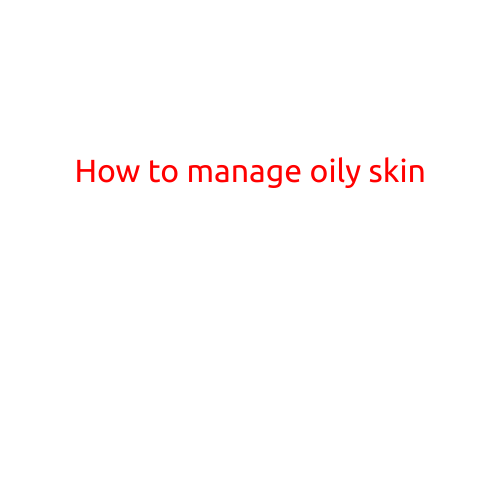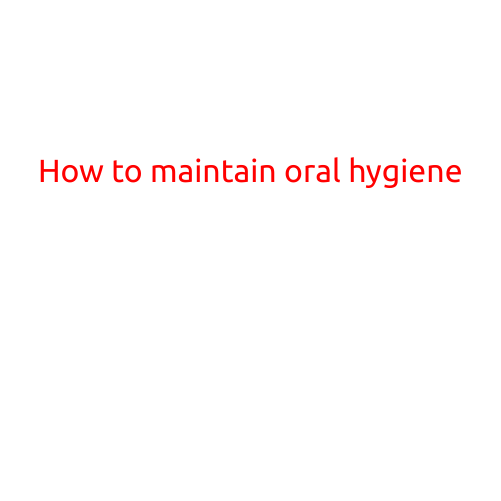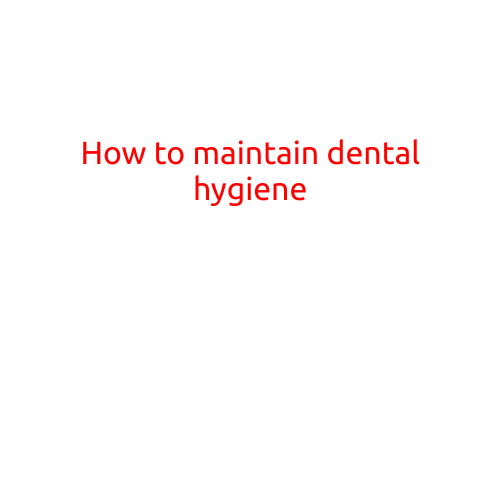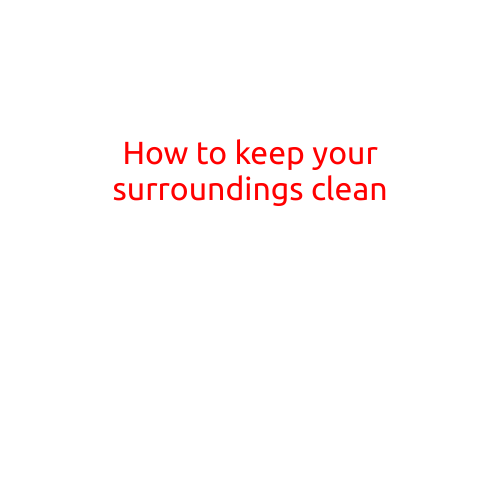
How to Manage Oily Skin: Tips and Tricks for a Radiant Complexion
Do you find yourself constantly reaching for tissues to blot your forehead, only to reveal a shiny surface again? If so, you’re not alone. Oily skin can be frustrating, but with the right techniques and products, you can say goodbye to greasiness and hello to a radiant, healthy-looking complexion. In this article, we’ll explore the causes of oily skin, provide tips on how to manage it, and introduce you to the best products for a smooth, oil-free finish.
Causes of Oily Skin
Before diving into the management tips, it’s essential to understand what causes oily skin in the first place. Oily skin is typically characterized by an overproduction of sebum, the natural oil produced by the skin’s sebaceous glands. Several factors can contribute to this overproduction, including:
- Genetics: If your parents have oily skin, you’re more likely to experience it as well.
- Hormonal fluctuations: Changes in hormone levels, such as those experienced during puberty, pregnancy, or menopause, can lead to increased sebum production.
- Environmental factors: Humidity, temperature, and pollution can all contribute to oily skin.
- Poor skin care routine: Using the wrong products or not washing your face regularly can clog pores and lead to oiliness.
Tips for Managing Oily Skin
Now that we’ve covered the causes of oily skin, let’s move on to the tips and tricks for managing it:
- Use gentle, oil-free products: When choosing skincare products, select those labeled “oil-free” or “non-comedogenic” to avoid clogging pores.
- Exfoliate regularly: Exfoliating helps remove dead skin cells and unclog pores, reducing the appearance of oiliness. Use a gentle exfoliant containing alpha-hydroxy acids (AHAs) or beta-hydroxy acids (BHAs) one to three times a week.
- Use a clay mask: Clay masks can help absorb excess oil and purify the skin. Look for a mask containing ingredients like kaolin or bentonite clay.
- Keep your hands away: Touching your face can transfer oils and dirt from your hands to your face, making oily skin worse. Try to avoid touching your face as much as possible.
- Wash your face twice a day: Use a gentle cleanser and lukewarm water to wash your face morning and night, removing dirt, oil, and impurities.
- Use a toner: Toners can help balance your skin’s pH and remove any remaining impurities. Look for a toner containing witch hazel or tea tree oil.
- Don’t over-wash: While washing your face regularly is essential, over-washing can strip your skin of its natural oils, leading to even more oiliness. Be gentle and use lukewarm water.
- Use a spot treatment: For particularly oily areas, such as the T-zone, use a spot treatment containing salicylic acid or benzoyl peroxide to help regulate oil production.
- Stay hydrated: Drinking plenty of water helps flush toxins from your body, which can impact your skin health. Aim for at least eight glasses of water a day.
- Get enough sleep: Poor sleep can disrupt hormones, leading to oilier skin. Aim for seven to nine hours of sleep per night.
Best Products for Oily Skin
When shopping for products to manage oily skin, look for the following ingredients:
- Salicylic acid: Helps exfoliate and unclog pores.
- Tea tree oil: Has antibacterial and anti-inflammatory properties.
- Clay: Absorbs excess oil and impurities.
- Hyaluronic acid: Helps retain moisture without adding oiliness.
Some great products for oily skin include:
- Neutrogena Hydrating Facial Cleanser: Gentle, non-comedogenic cleanser.
- La Roche-Posay Effaclar Salicylic Acid Gel: Spot treatment containing salicylic acid.
- Clay Mask by L’Oréal Paris: Absorbs excess oil and purifies the skin.
- Neutrogena Oil-Free Moisturizer: Lightweight, oil-free moisturizer.
By following these tips and using the right products, you can manage oily skin and achieve a radiant, healthy complexion. Remember to be patient and persistent, as it may take some trial and error to find the right combination of products and techniques that work for you.





